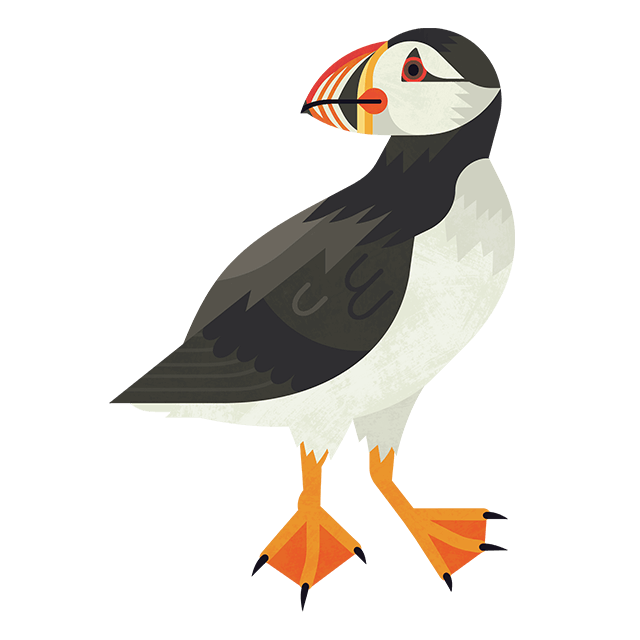
Mothers in nature: 4 great animal mothers
Mothers are amazing – be they human or marine animal. As Mother’s Day approaches, we shine a light on four underwater mothers and their own unique parenting styles.
Otters

Credit: Shutterstock / Erik Ihlenfeld
Sea otter mothers are good at multitasking. Sea otters can’t swim at birth, so mothers will swim on their backs whilst carrying their young on their stomachs for the first few months, until the pups can swim on their own.
When she goes to find food, mother sea otters have been known to wrap them in kelp to keep their pups close and stop them floating away.
Puffins

Credit: Shutterstock / BBA Photography
Puffins often mate for life and are dedicated parents, with both mother and father working in partnership to set up home and take care of their pufflings.
Puffins try to provide a stable home for their young, returning to the same nest year upon year and making it homely. They line a section of the nest with feathers to protect and incubate the eggs, which acts as a cosy bedroom area, and craft a toilet section away from the puffling’s sleeping area to keep their precious feathers clean and dry.
Octopuses

Credit: Shutterstock / DiveIvanov
In Planet Earth III, we witnessed the fascinating deep-sea octopus nesting ground where thousands of octopus mothers gathered to look after their brood. The mothers took advantage of the inactive volcano, using the warm waters released between cracks in the ocean floor to warm their eggs until they hatched.
Although it took almost two years for the eggs to hatch, the mothers never left their eggs. Some deep-sea octopus mothers have been found to guard their eggs for 53 months – that's four and a half years!
Bottlenose dolphins

Credit: Shutterstock / Anita Kainrath
Bottlenose dolphins turn to their community for support, living in pods of up to 15 dolphins that work together to raise their young, protect themselves from predators and catch food together.
They’re great at communicating with and helping one another. They sometimes even have other adult female dolphins assist them during the birth, to make sure the calf reaches the surface to take its first breath.
The key takeaways from these animal mums
We can learn a lot from mothers in nature. Self-care is vital. It helps to let others in and work together, whether that’s a partner or the community around you. It also helps when other mothers have got your back. There are many different ways to be a mother or mother figure, and each has their own merits.
Whatever species you are, mothering takes hard work and dedication, and that deserves rewarding. If the mother figure in your life is a fan of the ocean, and would love to help protect it and join a community of fellow ocean enthusiasts, then why not treat her to a Marine Conservation Society gift membership?




